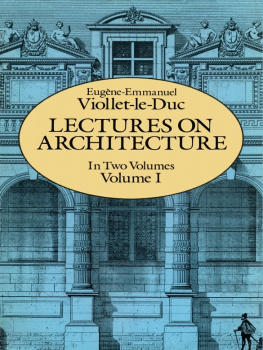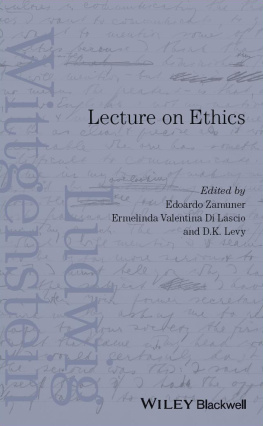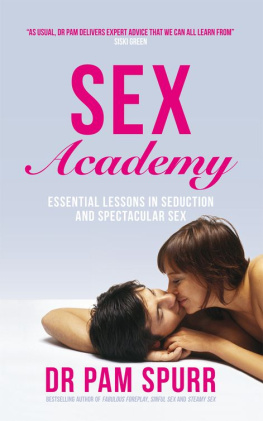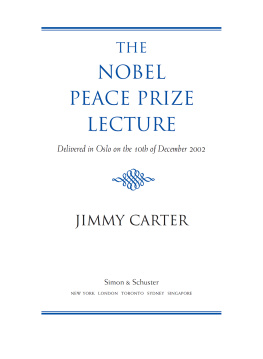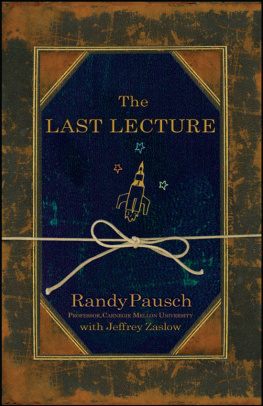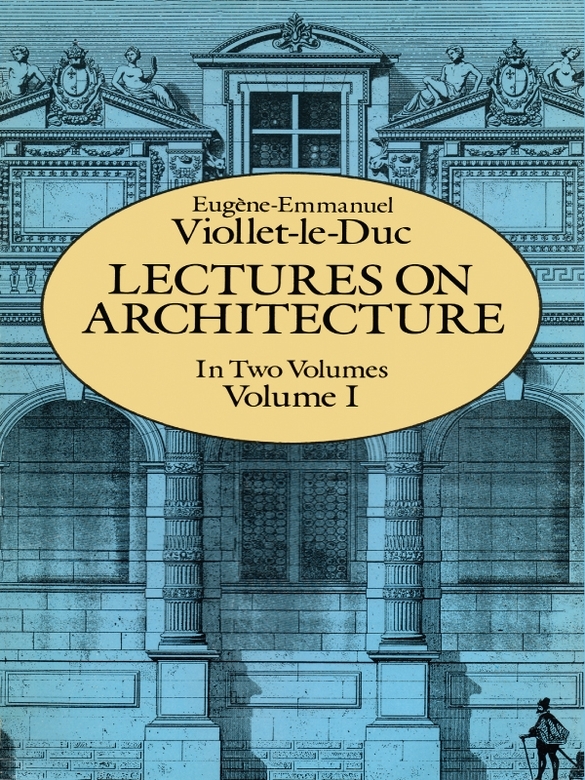LECTURE I.
WHAT IS BARBARISM ?WHAT IS ART ?IS ART DEPENDENT ON DEGREE OF CIVILISATION ?WHAT SOCIAL CONDITIONS ARE MOST FAVOURABLE TO THE DEVELOPMENT OF THE ARTS ?
M ODERN criticism has divided the History of Art into periods of greatnessof splendourand periods of barbarism. It cannot be doubted that there have been epochs when the Arts developed themselves with singular energy, when they were held in honour, loved, and cultivated ; others at which they have fallen into disregard, or even contempt, have ceased to be cultivated, and have left only vague and scarcely discernible traces of their existence. But is it reasonable to confound the social barbarism of a nation or an age with barbarism in Art ? Is not this an error, resulting, like so many others, from a misapplication of terms ? May not a people be barbarous from the modern point of view, i.e. uncivilised, superstitious, fanatical, subject to irregular and incalculable impulses, and governed by imperfect laws, and yet possess arts in great perfection ?
Is man in becoming civilised, refined, tolerant, moderate in his tastes, and well-informed,such in fact as our social conditions can make him,thereby rendered more apt and capable in the domain of Art ? Philosophy, gentle manners, justice, and politeness, constitute a state of society in which it is agreeable to live; but this state may be unfavourable to the development of Art.
The word barbarous has two meanings. It signifies, on the one hand, rude, uncultivated; on the other hand, cruel . A very barbarous people may be very gentle, while a very civilised people may be very cruel, and consequently barbarous. Cruelty is an instinct of human nature which civilisation succeeds more or less in suppressing. It is therefore unnecessary to take this form of barbarism into consideration, especially as the arts are not influenced by it. History gives us only too many examples of acts of cruelty committed by nations among whom the arts had reached their highest degree of perfection.
While the Parthenon was being erected at Athens, the Greeks were giving themselves up to all the cruelties of the Peloponnesian war. While the Romans were making their pastime of the deadly combats of slaves who had no cause to hate each other, and were condemning human beings to be torn by wild beasts in the circus for the diversion of an idle populace and the satisfaction of a brutal curiosity, they were building admirable monuments and civilising barbarous nations. At a later date, Christians slaughtered and burned each other for a difference of opinion respecting a dogma or a text ; yet they covered the East and the West with inimitable works of Art. In the very middle of the seventeenth century, the Parliaments were still sending to the stake rogues or fools who made pretensions to sorcery,a piece of cruelty beyond question; yet this century witnessed the erection of Versailles, and the Hotel des Invalides, and possessed poets and artists whose works we never cease to admire. We may then once for all exclude from the discussion the word barbarous in the sense of cruel . It remains for us to consider the term as meaning not civilised. Ought we to conclude from the fact that a nation is uncivilised, or that only faint indications of its future culture are as yet perceptible, that its arts are barbarous ? We think not.
The point of interest when the arts are in question is, not whether such or such a period in the history of humanity was more or less civilised,or, if we will, more or less barbarous,than another; but whether the period under consideration was more or less favourable to the development of the arts. It is certain that the different branches of a civilisation do not shoot forth all at once ;that the development of Institutions, of Governments, of the Sciences, of Letters and the Arts, is not simultaneous. Were these various functions of the body social to present themselves simultaneously, it would follow that since our institutions, our administration, and our scientific discoveries are superior to those (for instance) of the seventeenth century, our modern dramas and comedies ought to surpass the tragedies and comedies of Racine and Molire; while our painters should leave far behind them those of Italy in the sixteenth century, since Julius II. did not travel by railway, and Charles v. had no electric telegraphs to transmit his mandates to all the provinces of his vast empire.
The value of Art is independent of the element in which it originates and flourishes. Art cannot be barbarous, for the simple reason that it is Art. It has its infancy, which may give promise of the noblest development; it has its old age, ever recalling its past. It is really barbarous only in ceasing to be Art;when it degrades itself by belying and violating its own principles; when it slavishly follows the caprices of that fantastical queen we call Fashion; when it becomes the plaything of a people without fixed ideas or convictions; and when no longer reflecting national Manners and Customs, it is but an encumbrance, a thing of mere curiosity or luxury.
Yes, Art has its youth and its decrepitude. Its maturity is like that of all earthly things,a moment, a point of time,the inappreciable interval between progress and decline. Is Art, then, barbarous in its youth ? Is it barbarous in its decrepitude ? This is the real question. Individuals and Nations,which are but individuals united by a community of Customs and Institutions, are evidently nearer to absolute barbarism in their infancy than when they have reached the culminating point of their civilisation. Nations fall back into barbarism when those springs are worn out which, while they serve to unite these bodies, establish harmony and an equal balance between their different parts; just as the old man, whose organs cease to perform their functions with regularity, falls into a second childhood and no longer enjoys the full use of his faculties. Is Art necessarily subject to the same revolutions ? We believe not. But before we proceed further, let us clearly understand what Art is ; for there is nothing like defining terms to arrive at the knowledge of Truth.
It is not our intention to give one of those definitions comprised in two or three lines, the principal merit of which consists in displaying their authors wit, but which are understood only by persons as clever as himself. We think it necessary to give our definition somewhat at length : for many talk of the arts, who would find it very difficult to tell us what Art really is.
The Middle Ages recognised seven Liberal Arts; but at present some of these, viz., Theology, Astronomy, Geometry, and Medicine,with due deference to the SORBONNE, the OBSERVATOIRE, the COLE POLYTECHNIQUE, and the FACULTY,rank as sciences. We shall therefore confine ourselves to Music, ARCHITECTURE, SCULPTURE, and PAINTING. Our reasons for placing the arts in this particular order are, that man naturally uttered sounds before he built houses; built houses before he sculptured them, and sculptured before he painted them,for a sharpened flint was all he required to carve wood or soft stone; whereas the extraction of colours, whether from mineral or vegetable substances, and their subsequent application, involves a course of reasoning and observation needing time for its accomplishment. Should this order, however, clash with the susceptibilities of any of our readers, we need not insist upon it. As regards Poetry and the Drama, they naturally class with Music. These four arts are sisters; the first two, Music and Architecture, twins : for it will be observed that they do not originate in the imitation of natural objects, as do Sculpture and Painting.

